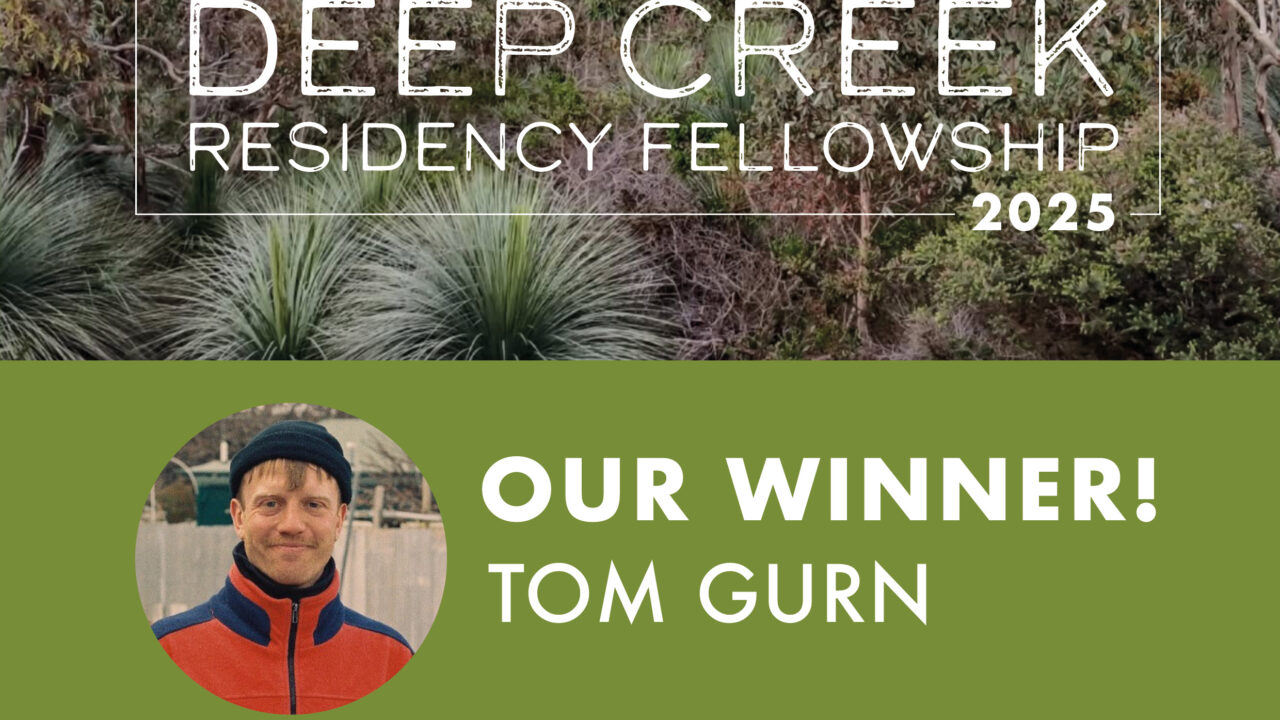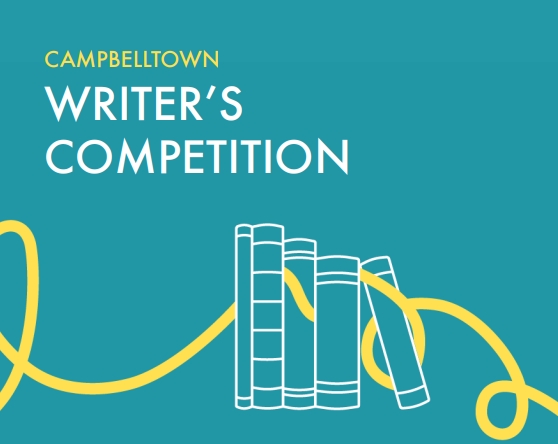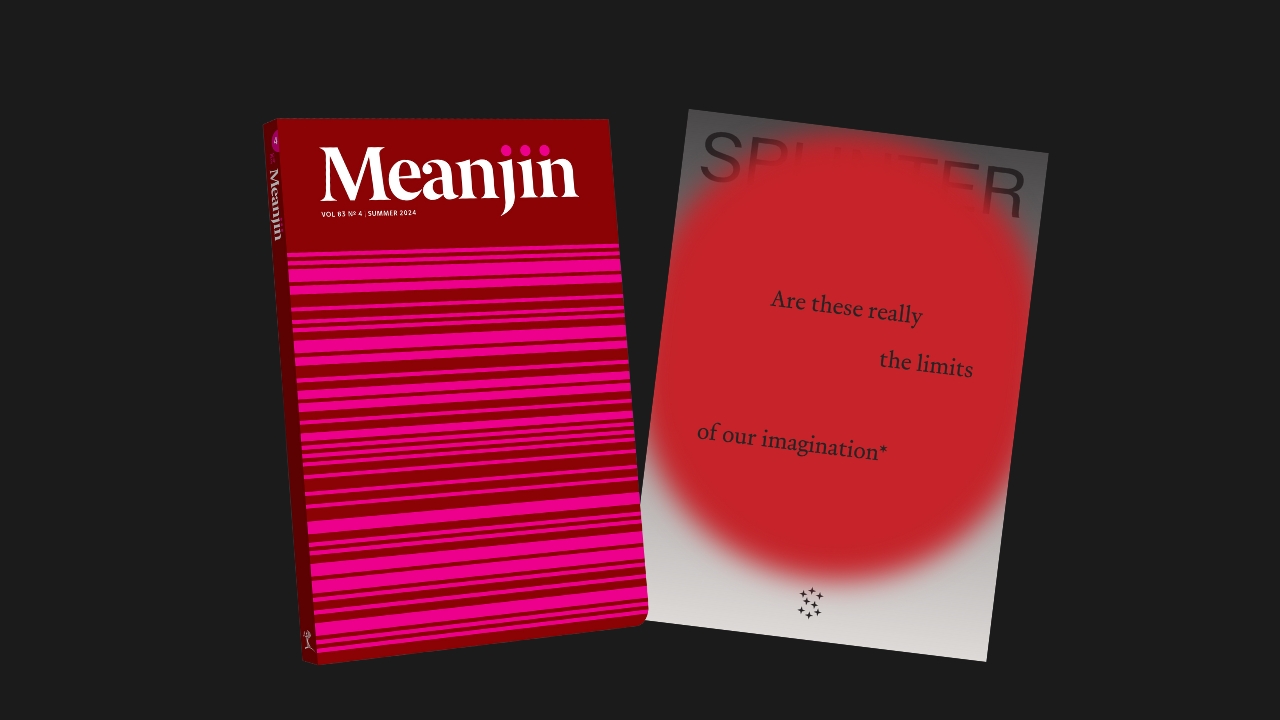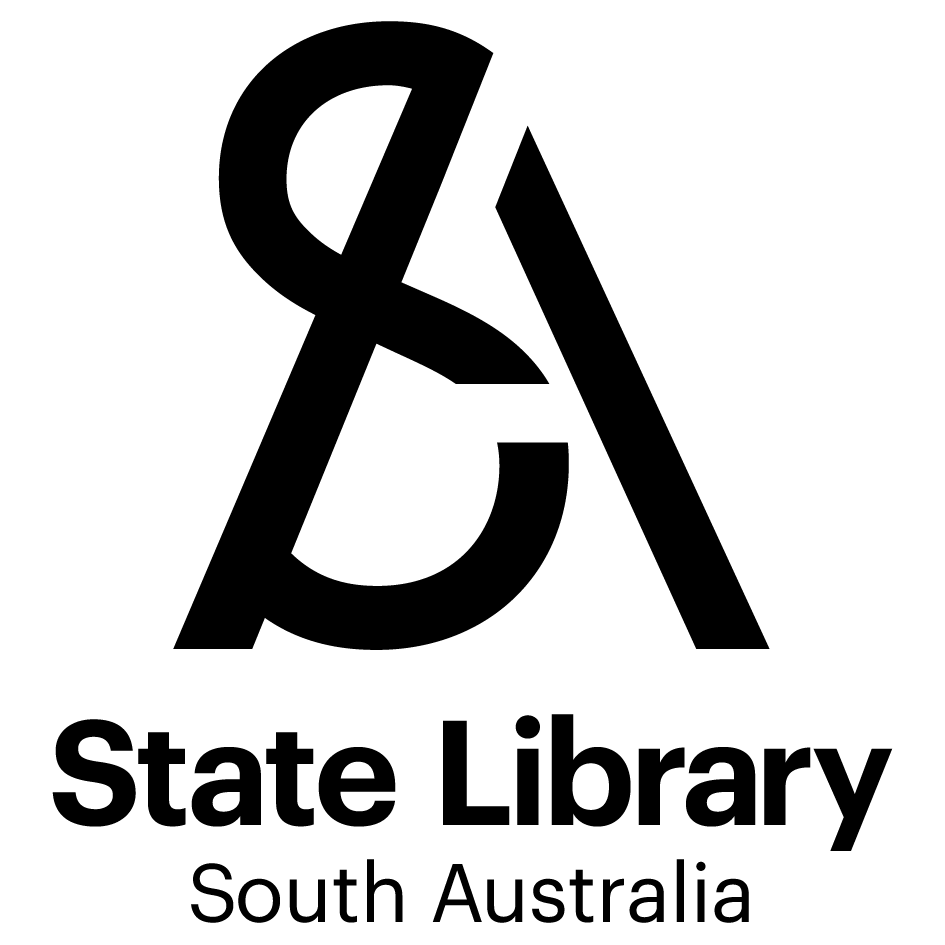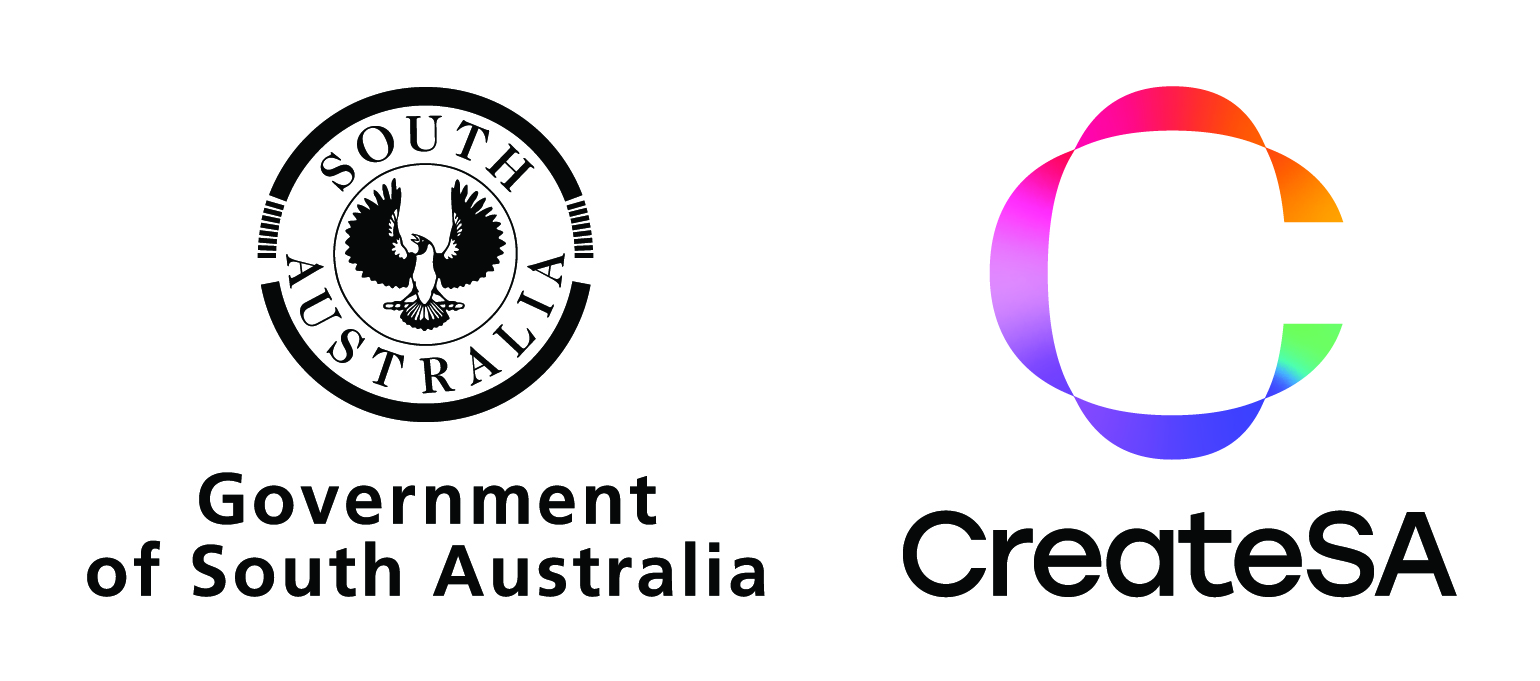by Emma McEwin
Creative non fiction is an exciting genre. I love finding creative and interesting ways to write stories about real people and things. Like the mystery box challenge on Masterchef, your task is to combine a jumble of seemingly unrelated ingredients to make a meaningful dish. The ingredients are like the facts of a potential essay/article or book – it all depends on when and how you use them. However, the first step is to find something to write about. How do you do this? There are many ways but my tips are:
- Read, read, read. This way you will be able see what people are writing about and also find gaps i.e. what they are not writing about. Also, know which writers you like and why you like their work.
- Choose something that is topical and/or potentially interesting to a wide readership. For ideas, have a look at the subjects being covered in the papers, on TV, in films, and on social media.
- Avoid choosing a subject that requires specialist knowledge because it is likely to involve a lot of research work and narrow the readership.
- How personal creative non fiction is varies but finding a personal connection to the topic can make for more engaging reading, as well as giving you more creative scope.
- This is related to the previous point… choose something you know something about i.e. draw on your own experiences and knowledge; you don’t have to be in the story necessarily but you are always going to write better about something you are familiar with or passionate about.
I’m always on the look out for writing topics and I keep a notebook of ideas. Most of my writing has involved finding a personal link to the subject. I’m currently working on a biographical essay about Nancy Atkinson who was a bacteriologist and lecturer in bacteriology at Adelaide Uni. My initial interest stemmed from the fact that my paternal grandmother was Nancy Atkinson’s research assistant for five years in the 1940s. This link has automatically given me a way into my subject, even if it ends up being only a minimal part of the story. What I discover in the archives and when I speak to people who knew Nancy Atkinson, I’ll start to see how I can structure my story. To an extent, the research journey will shape the direction it takes.
LEARN WAYS TO BE CREATIVE WITH FACTS IN THE WEAVING FACT INTO CREATIVE NON FICTION WORKSHOP IN MAY 2016. Details here.
Emma McEwin is the author of An Antarctic Affair (2008). She has a PhD in Creative Writing from the University of Adelaide. Her creative thesis, The Many Lives of Douglas Mawson, a series of non fiction stories about her great grandfather and the lives of those of his wife Paquita and daughters Pat and Jessica, has recently been accepted for publication by Erskine Press in Norwich, and is due to be released this year. Emma is the 2016 Bill Cowan Barr Smith Library Fellow and is working on a biographical essay about Australian bacteriologist, author and winemaker, Nancy Atkinson. This is great if you are considering this year’s Pitch Conference.


